Sightseeing Spots
Search Results115
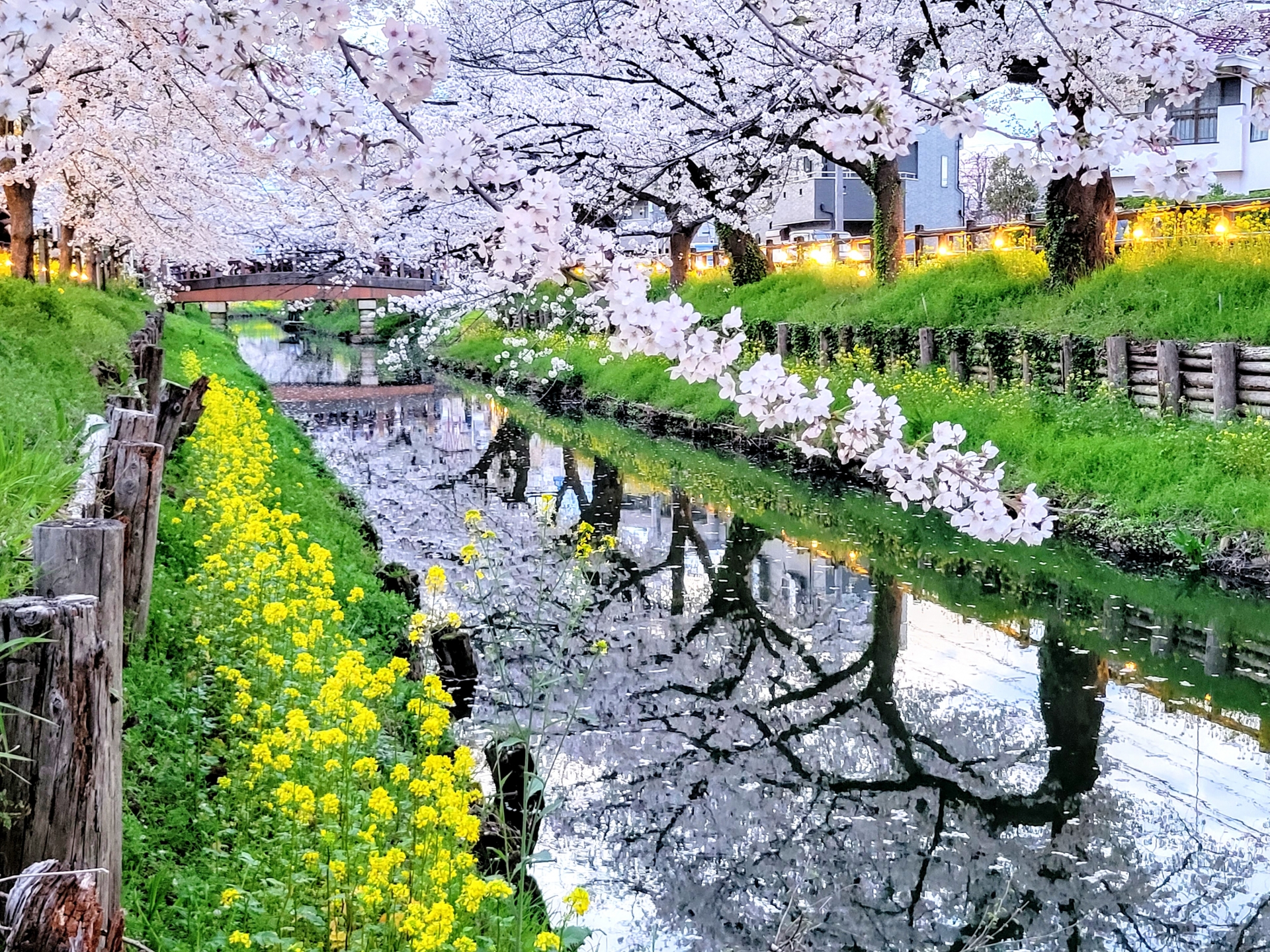
The "Little Edo Kawagoe Spring Sailing" is a Japanese cherry blossom viewing event held at the end of April, where visitors sail down the Shigashi River behind Kawagoe Hikawa Shrine to view 500 meters of cherry blossoms in full bloom. Sail along in a small Japanese-style boat enjoying the fully blooming sakura overhead with a flowing river of pink petals beneath you. It's a must-see for fans of the Japanese cherry blossom!
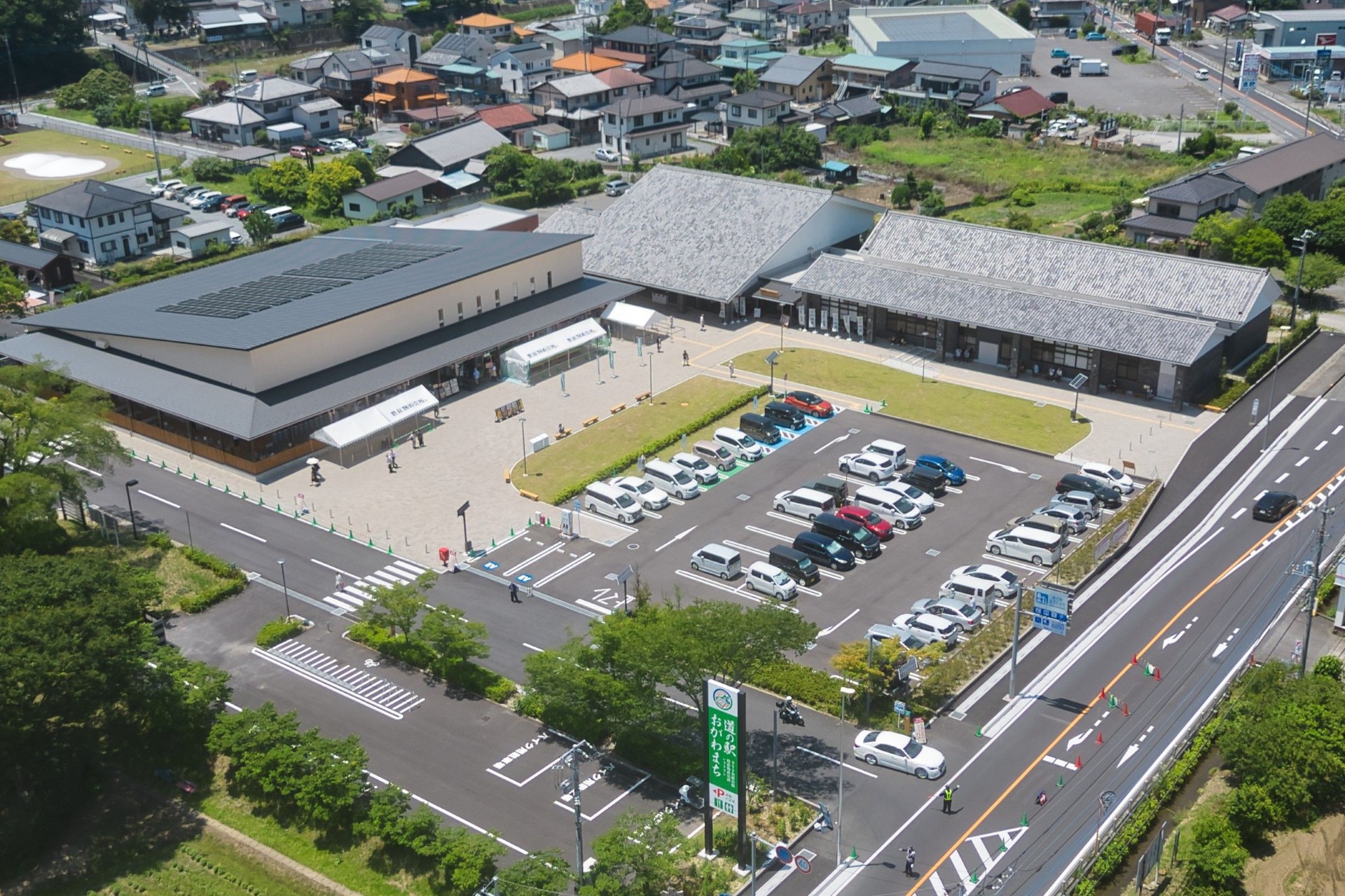
Reopening May 30, 2025: Roadside Station Ogawamachi is being renewed as a vibrant hub for cultural exchange and regional revitalization, centered around the theme of “Handmade Washi Paper and Organic Lifestyle.”
[Traditional Craft Area]
Try your hand at traditional papermaking, uchiwa fan crafting, and washi lantern making. Please visit our Traditional Crafts Facility page for more details. There’s also a washi exhibition room and a shop where you can purchase washi products.
[Local Industry Promotion Area]
Features a gift shop with local specialty products, a farmers' market selling fresh local produce, a cafeteria, and places to enjoy fast food and sweets.
[Community Plaza]
Includes a fun playground for children.
You can also rent electric bicycles for touring the surrounding countryside.
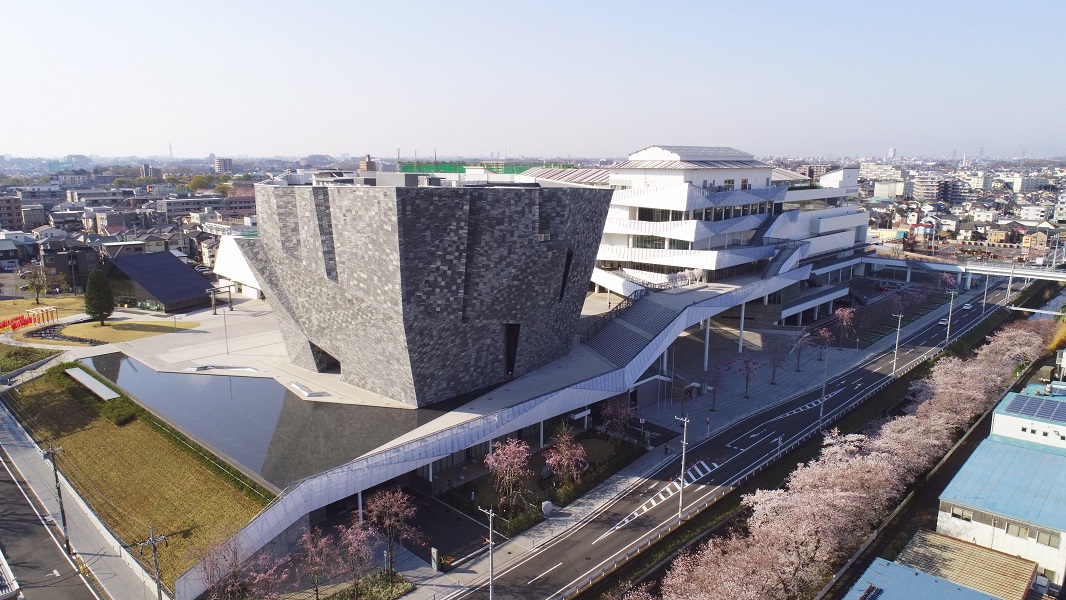
This facility is the center of the "Cool Japan Forest" Project, a joint project by KADOKAWA and Tokorozawa City to share the cutting-edge culture and industry born from an area of plentiful, beautiful nature. The facility has a library, art, natural history and anime museums, and a multipurpose hall to enjoy Japanese pop culture events. In addition, there are book manufacturing and distribution plants, offices, stores, restaurants, hands-on bookstores, shrines, and more!
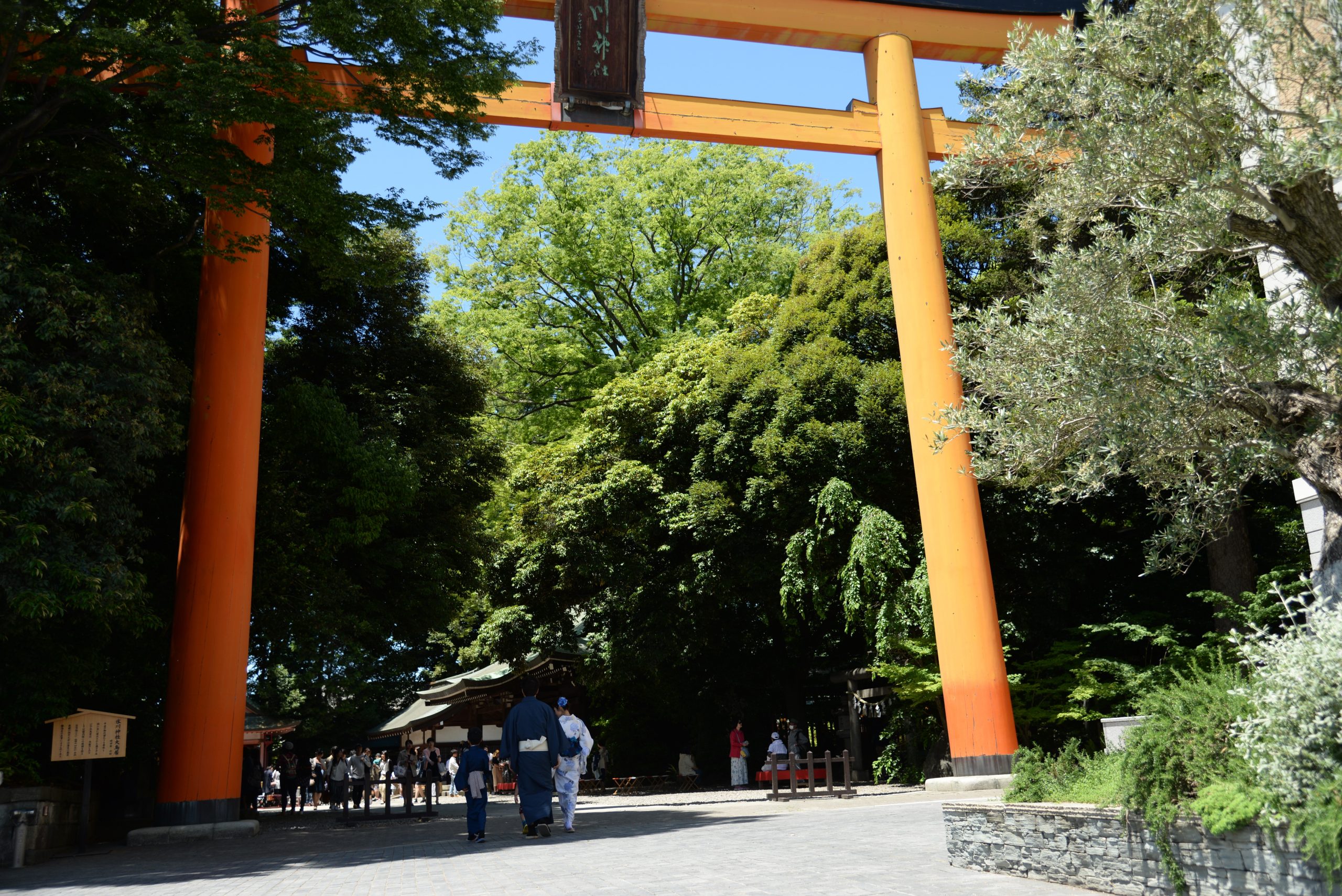
The history of Kawagoe Hikawa Shrine goes as far back as the reign of Emperor Kinmei in the 6th century, and is said to have started with the separation of worship practices by the Ōmiya Hikawa Shrine, a part of Musashi Ichinomiya, when the cultural practice of building burial mounds was passed on to them. When Ōta Dōkan built a castle thereafter, it was revered as a Sōja, a shrine enshrining several gods, of this location. Kawagoe Hikawa Shrine is familiarly called “Ohikawa-sama.”
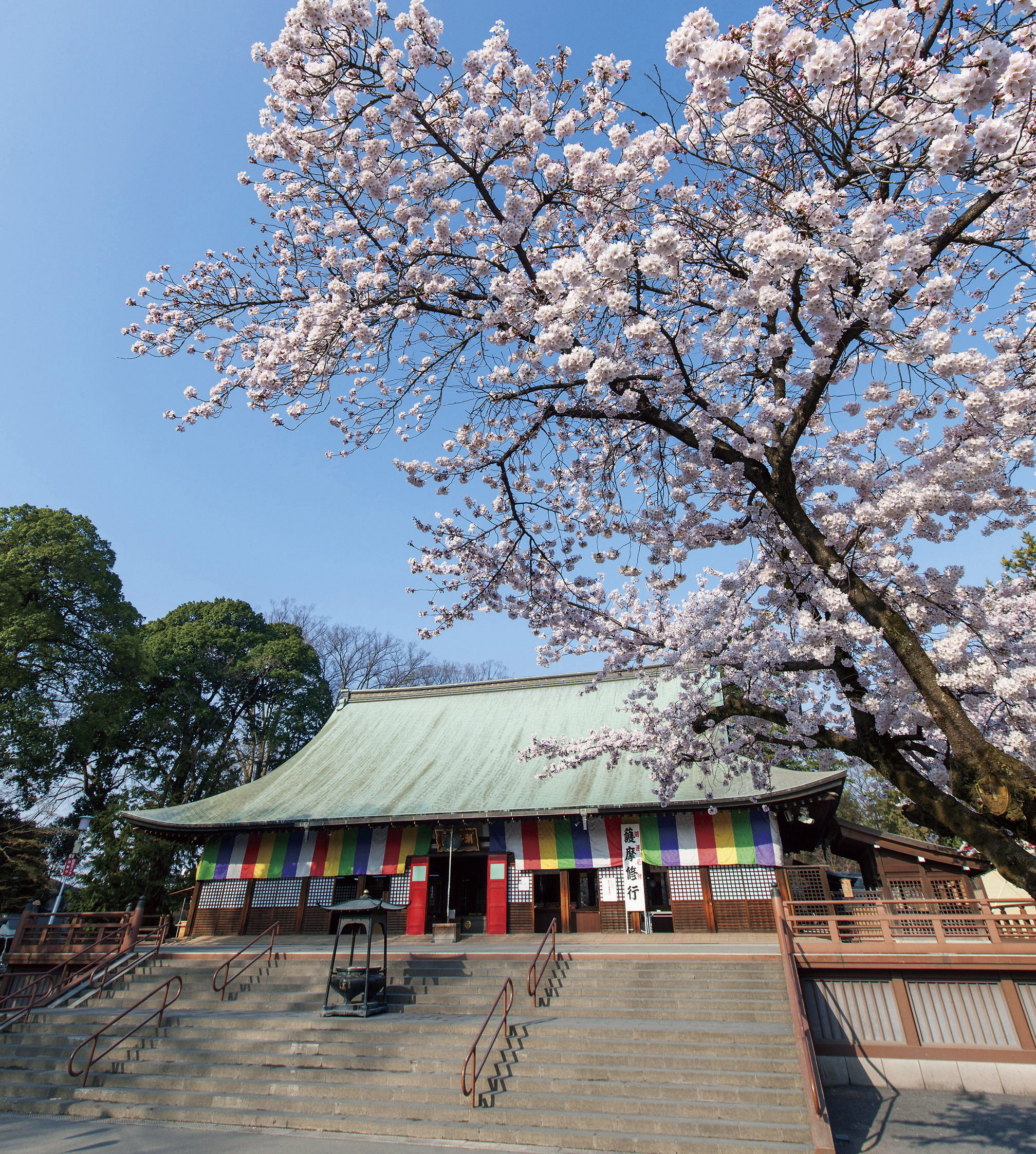
Kitain Temple thrived after the appointment of Sōjō Tenkai, entrusted by Ieyasu Tokugawa, in 1612. Most of the temple burnt down in Kawagoe's great fire in 1638, but was renovated during the Edo period by the third generation shogun Iemitsu, who transferred the "Iemitsu Birth Room" and "Kasuga Bunkachi Makeup Room" to the temple from the Edo castle. In addition, the entire area was designated as an important cultural property. One of Japan’s three major arhat, “Gohyakurakan”, can be seen here.
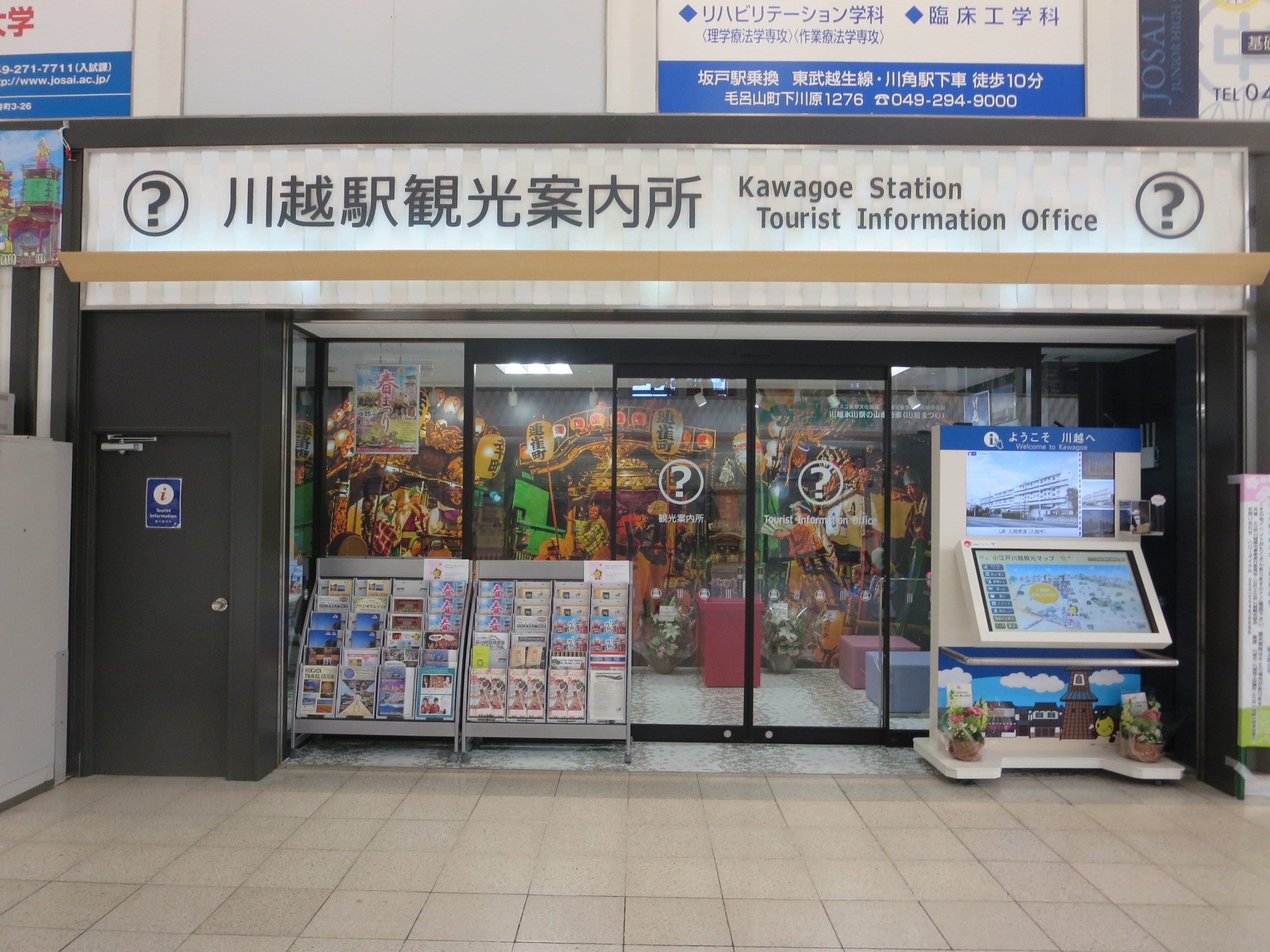
We offer tourist information and sightseeing brochures. We are conveniently located inside Kawagoe Station and can be used as a base for strolling around Kawagoe, with the Edo-style Kurazukuri Warehouse Street just a 15 minute walk away. Rental services for wheelchairs and baggage storage are also available (payment required).
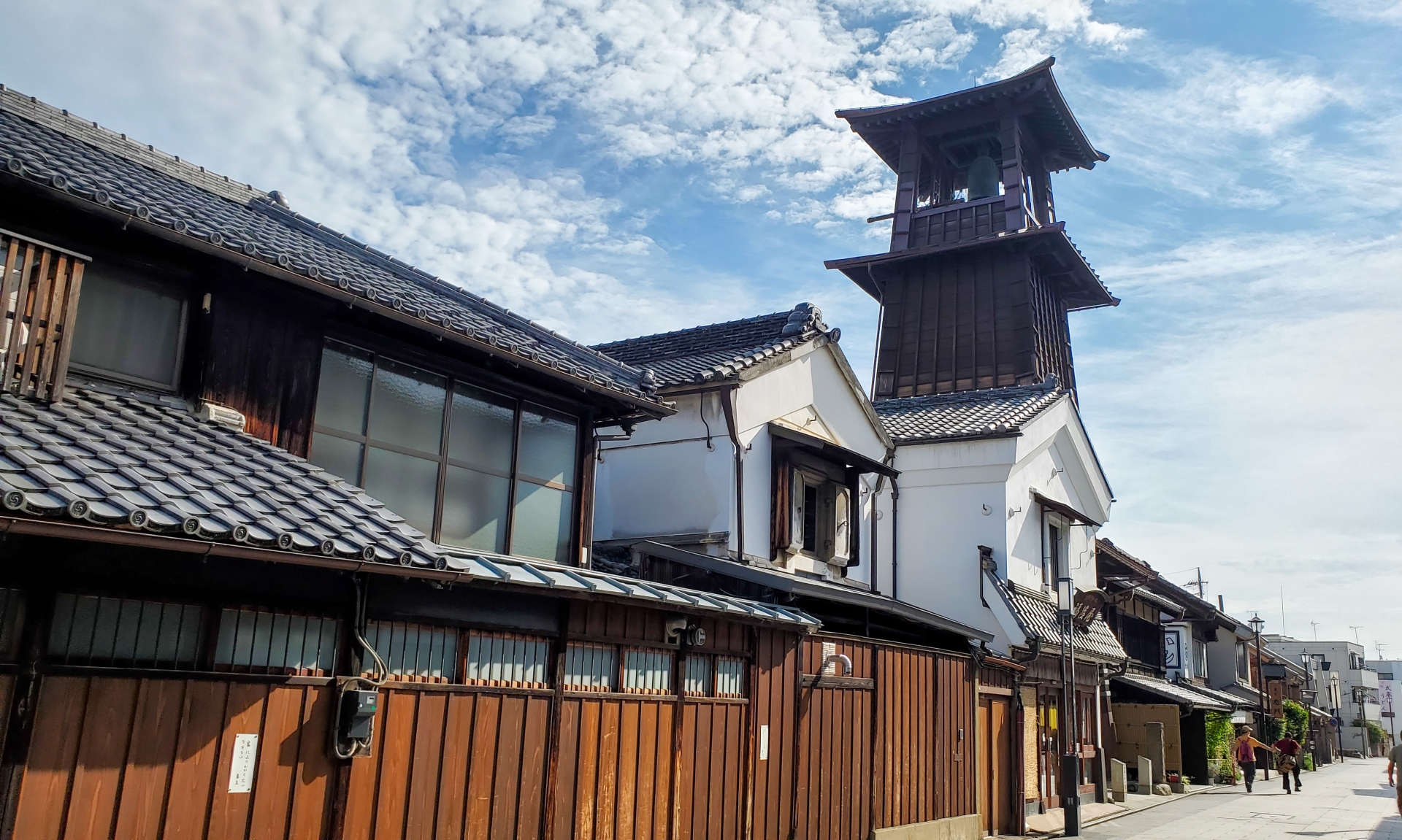
Toki no Kane is said to have been first built in the Castletown Tagachō during the Kan’ei era (1624-1644) by the lord of Kawagoe Castle, Sakai Tadakatsu. The current bell tower was rebuilt the year following Kawagoe’s great fire in 1893, and is a three-story tower with a height of about 16 meters. It is a symbol of Kawagoe and denotes that “time” is indispensable for daily life. As of today, the bell rings four times a day (6 am, noon, 3 pm, and 6 pm).

A townscape of “kurazukuri" traditional warehouses still remains in Kawagoe. The kurazukuri warehouses were cleverly built with fireproof architecture and developed as housing for the merchants of Edo. The warehouses retain an image of Edo that cannot be seen in modern day Tokyo. They were chosen as national “Important Preservation Districts for Groups of Traditional Buildings” in December of 1999 and were selected as one of “Japan’s 100 Beautiful Historical Environments” in January of 2007.
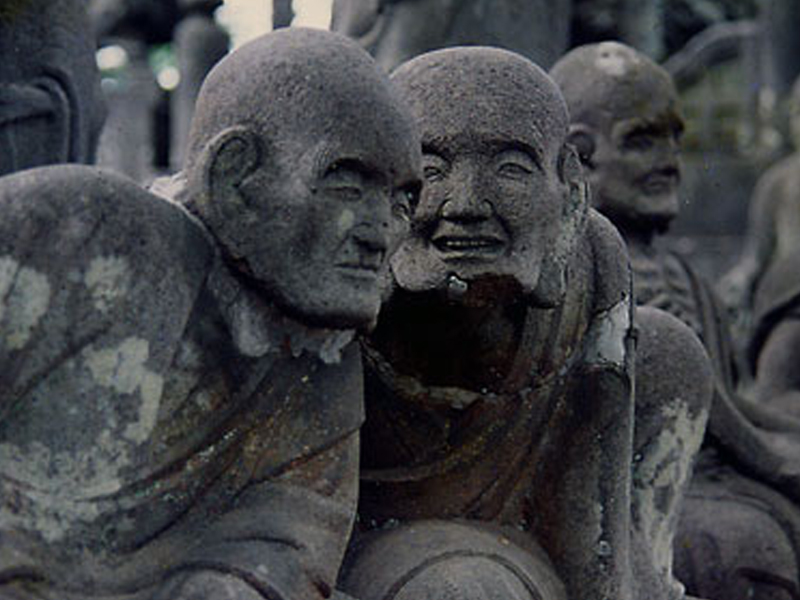
"Rakan," or "Arhat," is a Buddhist term signifying a spiritual practitioner, or high priest, who has attained enlightenment. The 500 Rakan of the Kitain Temple are one of Japan's three great Rakan and took 50 years to complete. The 538 stone statues are famous for expressing a wide range of human emotions and for each having a unique action. According to legend, if you visit at night and touch the heads of the statues, only one will be warm, and it is said that this statue's face resembles the sculptor's deceased parent.
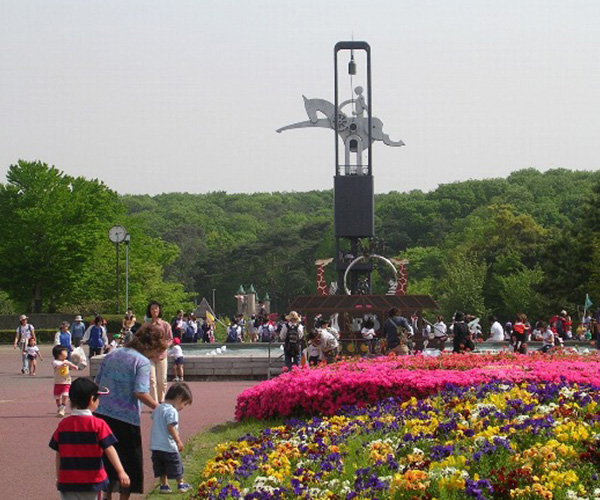
Sprawling out over the Hiki Hills, this 46-hectare site is home to popular animals such as giraffes, red pandas, and koalas, as well as an ecological park dedicated to Humboldt penguins, Penguin Hills. Also adjacent to the park are a walking trail and cross-country course. The zoo is the only place in Japan where visitors can see the small rodent, gundi, at the "Eco Houchoo" (Eco-friendly mouse house), the rabbit-like yellow-spotted rock hyrax, the world's smallest deer, pudu, and the quokka, which joined the zoo to commemorate its 40th anniversary. The Capybara Hot Springs, a winter tradition, is also very popular.

Newly reopened in 2021 with the concept: "A heart-warming world nestled in happiness." Find yourself in a world of wonder with high-quality replicas of retro townscapes, interactions with townspeople and spontaneous live performances, and delicious nostalgic foods. There are also new and exciting immersive light-up attractions for you to enjoy!

At this memorial museum, materials related to the history of aviation are displayed alongside actual airplanes. Visitors can learn about the principles of flight and aviation history from a variety of angles through flight simulators and helicopter piloting simulators! The many airplanes and helicopters displayed throughout the museum are a must-see. A special place to experience the wide-open skies and the history of flight in Tokorozawa. Aircraft craft workshops for families are also held regularly.
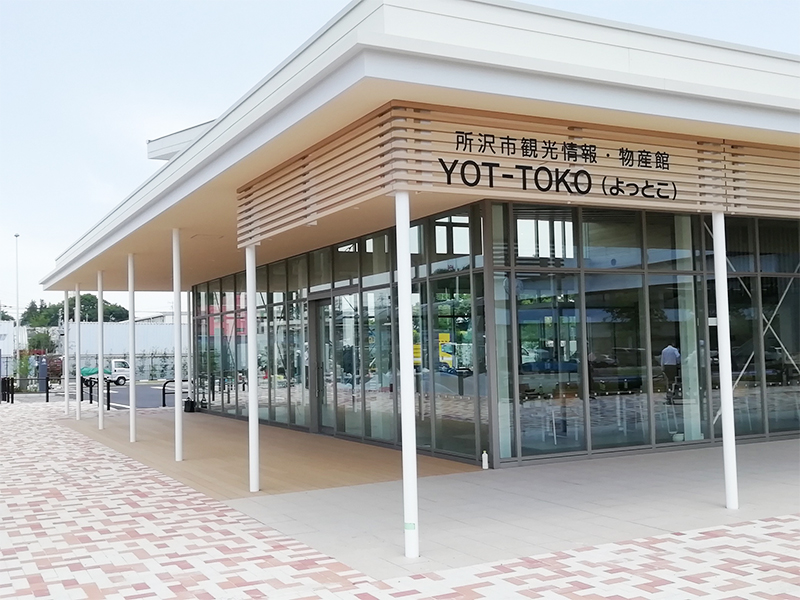
At YOT-TOKO you will discover the many delicious foods and great places to visit in Tokorozawa! In addition to providing tourist information and selling unique local foods and specialties, there are also displays of traditional noh masks, kumade rakes and hina dolls; a showcase of the many charms of Tokorozawa. Among these are the eye-catching packages of Sayama tea, the pride of local tea producers, and this shop is the only place where all brands are available in one place. The shop is connected to Tokorozawa Sakura Town via the Tokorozawa Sakura Town Bridge.
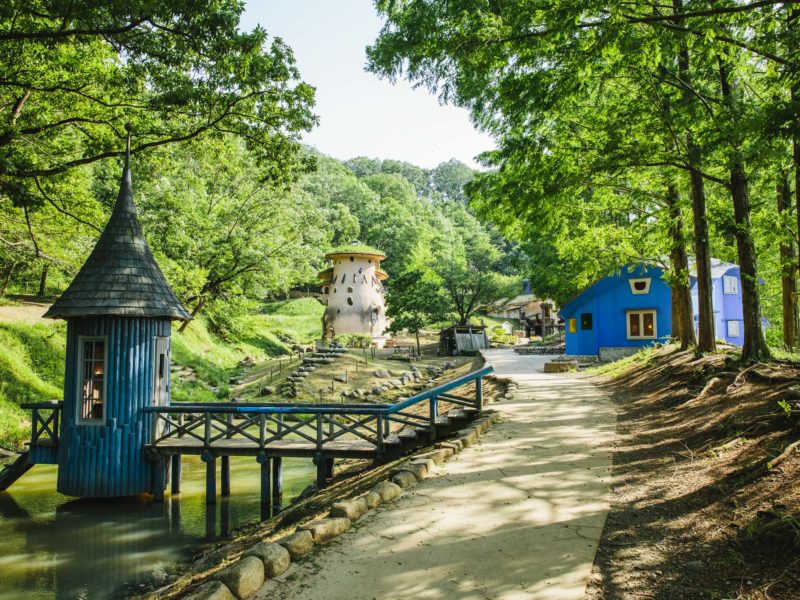
A park inspired by the world of Scandinavian fairy tales. Unique buildings that tickle your imagination stand on park grounds overflowing with greenery. Play freely in nature among the refreshing breeze and dappled shade in this relaxing space for everyone.
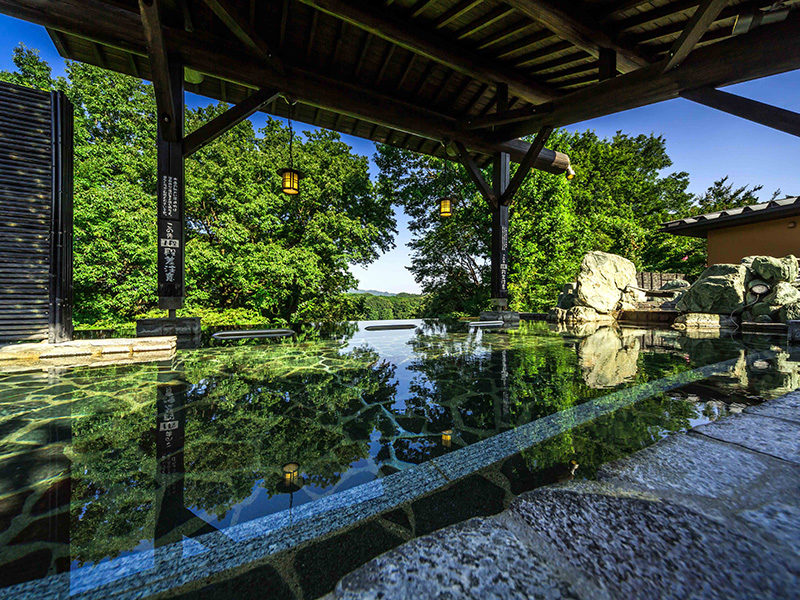
With low alkaline natural hot springs similar to a "Bijin no Yu" (beauty bath), the unisex large-scale outdoor bath, “Onnetsubō," overlooking Lake Miyazawa and the Chichibu Mountains is particularly popular! At the Four Seasons Buffet, “Kohansaryō," you can enjoy cuisine featuring locally harvest seasonal vegetables while taking in the view. ※ This is a facility for those older than elementary school. Preschoolers and younger are not allowed to enter.

Ranzan Valley is one of Saitama Prefecture's famous scenic spots known for the Iwadatami rock terraces, the clear streams of the Tsukikawa River, and the heavily wooded natural environment. The Hosokawa area has a particularly unique peninsula-like topography, where a large river channel turns at a sharp 180 degree angle. The valley and surrounding Japanese red pine forests are a stunning sight! When Dr. Seiroku Honda, the first person in Japan to hold a Ph.D. of forestry, visited the area, he noted its great similarity to the landscape of Arashiyama in Kyoto, and referring to it as the "Arashiyama of Musashi Province," provided the origin of the name "Ranzan," another way to read "Arashiyama." In the summer, one can enjoy the fresh green and sounds of babbling brooks and chirping birds, in just an unbelievable one hour distance from the metropolis. In autumn you can also enjoy the reflection of the leaves on the surface of the water emphasized by the fiery red of the momiji maple trees. *Peak season for autumn leaves is mid-November to early December.
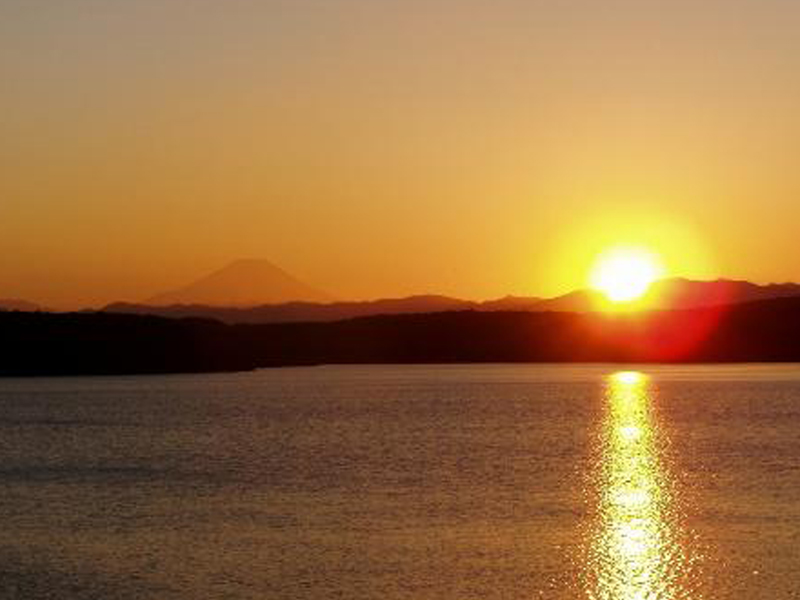
This man-made lake is located in the south-central part of Saitama Prefecture, straddling the boundary between Tokorozawa City and Iruma City. Completed in 1934 as a water reserve for Tokyo, the official name is "Yamaguchi Reservoir." The lake is surrounded by Saitama Prefectural Sayama Nature Park, where you can enjoy 20,000 cherry blossom trees in spring and vivid leaves in autumn, the symbolic Mt. Fuji reflected on the lake's surface and bird watching. The stunning seasonal scenery of this area was chosen as one of Saitama's 100 Top Nature Spots and 100 Top Dam Lakes.
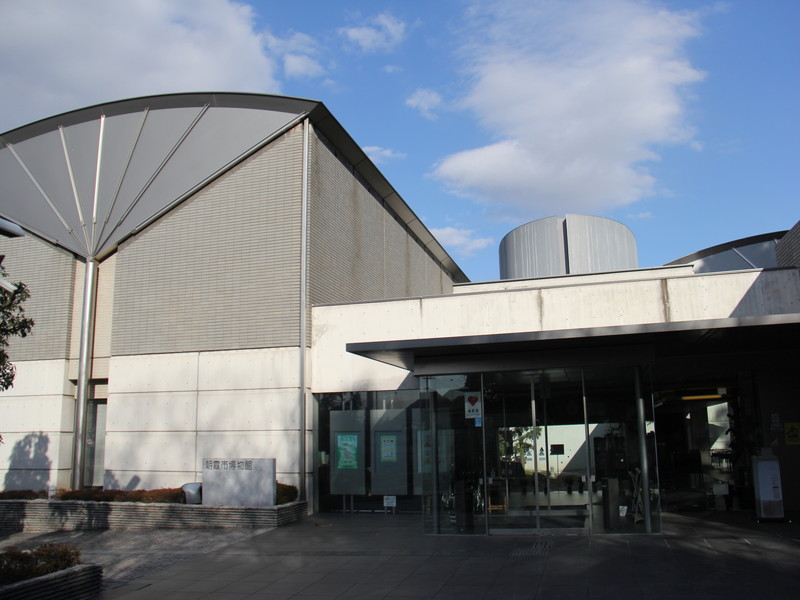
Centered around a permanent exhibition about Asaka's local heritage under the 4 categories: archaeology, history, folklore and arts and crafts; there are also special and themed exhibitions, and a variety of lectures and workshops which are held in this “space for learning and relaxation.”
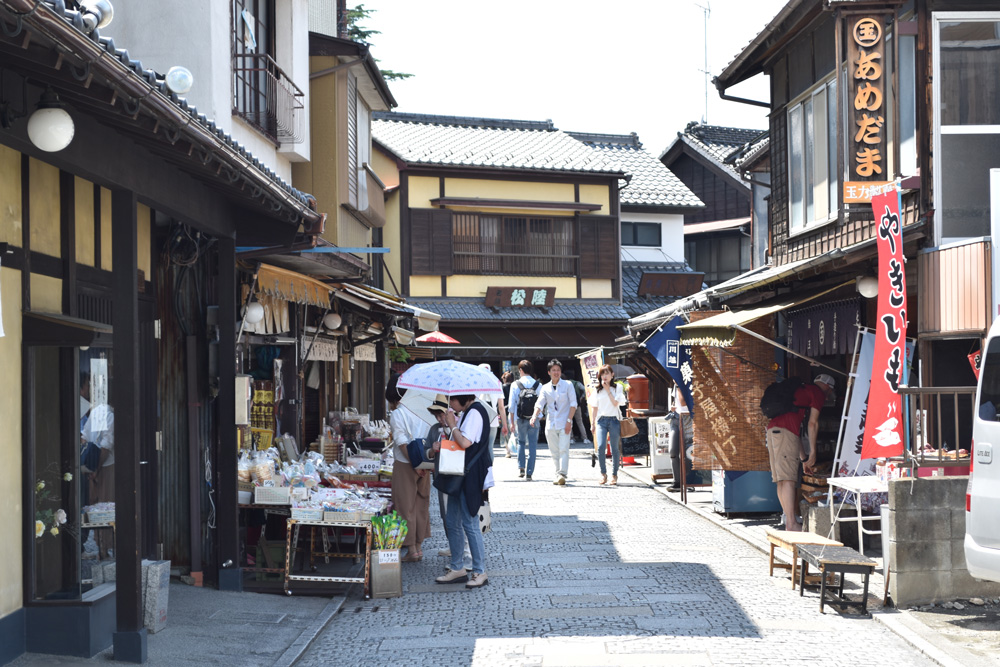
Many small, old-time candy stores line the Kashiya Yokochō (confectionery alley). 70 houses existed in the beginning of the Shōwa era, where they produced a variety of sweets to be sold wholesale. As of now, there are about 20 houses left that still produce and sell cheap sweets, such as mint candy and the Kintaro candy, which are nostalgic for both adults and children alike. Kashiya Yokocho was also selected as one of “The 100 Best Scented Sceneries” by the Ministry of the Environment.
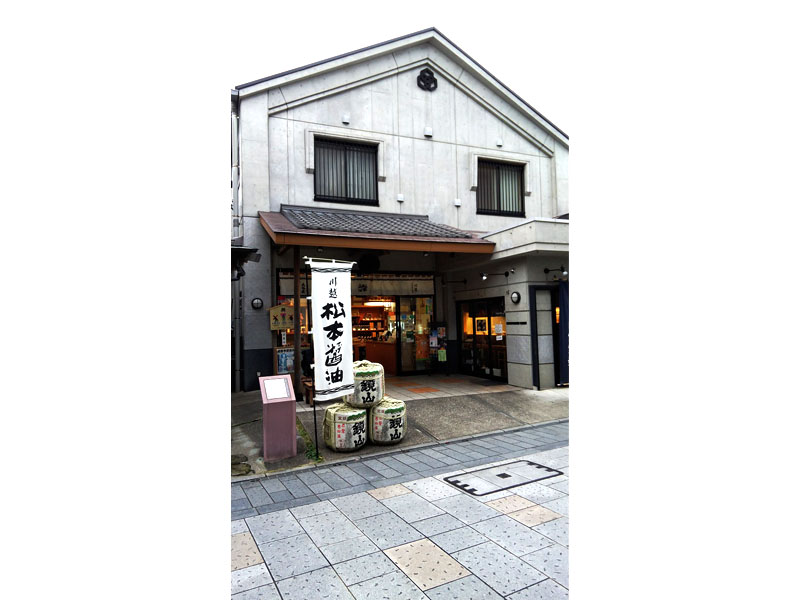
Matsumoto Soy Sauce Factory has been making soy sauce in Kawagoe for around 250 years. The brewery, established in 1764, still carries out production with traditional methods using 40 cedar vats that have been in use since the Edo period. At a tour of this soy sauce brewery, designated an important part of Kawagoe's city landscape, you can experience firsthand the tradition of soy sauce production.
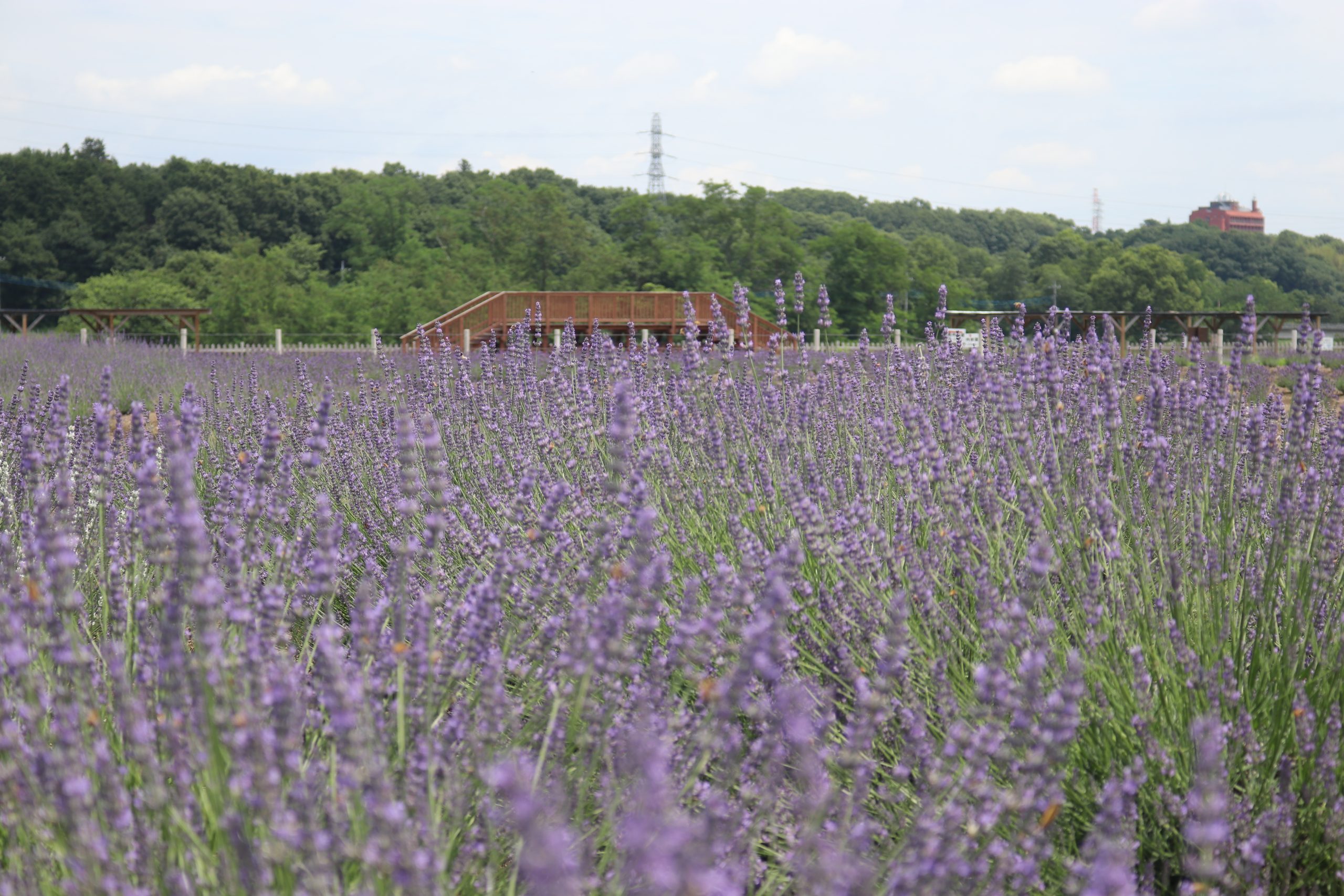
The Sennen no Sono Lavender Field spans approximately 6.5 hectares and boasts around 22,000 lavender plants including over 10 different lavender varieties, such as Grosso (French), Hidcote (English), and Avonview (Spanish). In late May, visitors can enjoy the enchanting sight of red, pink, and white poppies blooming alongside early-blooming lavender. By mid-June, a portion of the field transforms into a golden sea of wheat known as "Nourin 61," and towards the end of June, visitors can witness the spectacle of wheat harvesting. The annual Ranzan Lavender Festival takes place from early to late June, offering a wonderful opportunity to experience the beauty of the lavender field. *Please note that access to the fields is restricted after the festival as they undergo harvesting.
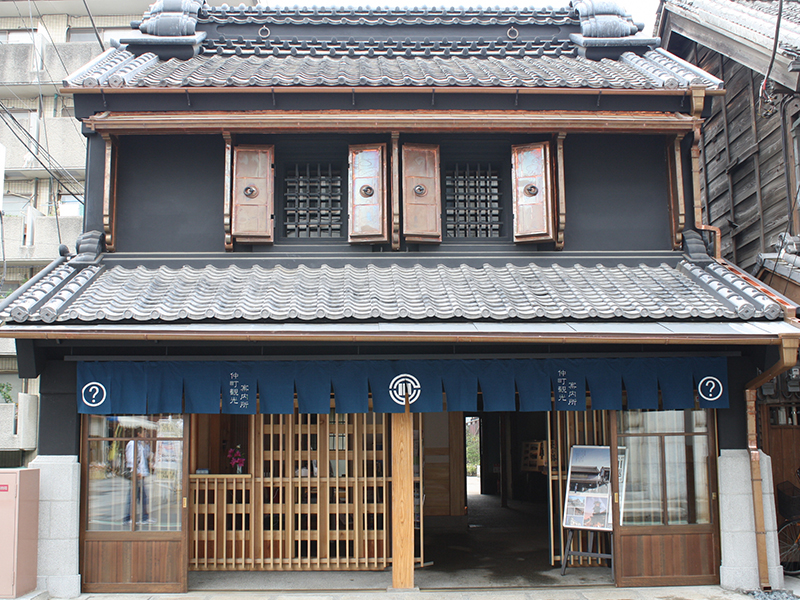
Situated at the Nakacho intersection, the entrance to the Kurazukuri district, the Kawagoe City Nakacho Information Center is filled with useful information and housed in a traditional warehouse! You can also connect to their free Wi-Fi and use their baggage storage service (for a fee).

This facility utilizes the nature of Sayama Hills as an opportunity for us to interact with and think about our relationship to nature. There is an exhibition room, observation balcony, seminar hall, outdoor grilling space, and much more. There are also five themed spots on a hill adjacent to the center: Waterbird Paradise, Bug Forest, Wetlands Village, Tree Forest, and Butterfly Forest.

The Kinchakuda Park was formed by the zigzagging flow of the Koma River that runs through Hidaka City, and is called Kinchakuda because its shape resembles a kinchaku (traditional drawstring money pouch). The park is a 500 meter diameter flatland surrounded by a river with a surface area of about 22 hectares. Flowers such as rape blossoms and cosmos bloom every season, but the highlight is the 5 million red spider lilies that dye the park crimson every autumn, like a giant, beautiful red carpet.
This site uses cookies to improve the user experience. If you continue to browse, you consent to the use of cookies on this site. Accept
CONTACT
